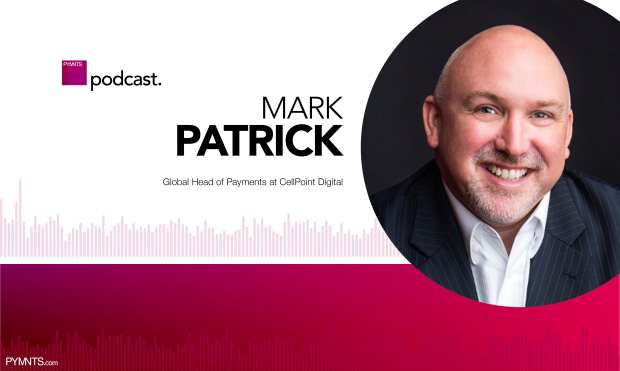Payment Orchestrators Address Friction On Business Side Of Transactions

For consumers, the payments industry has worked hard to take the friction out of every transaction. Look no further than contactless payments and their development over the past year for proof. However, not as much attention has been paid to the business side of the payments equation – which, up until now, has been a complicated process.
Take several consumers booking various round-trip airline tickets directly from the airline. For these consumers, it’s a card-not-present transaction, quick and easy. But for the airline, it’s a different story. These transactions could involve several payment service providers, multiple acquirers and different kinds of payment methods based on consumer preference. For the airline, it’s a set of options that they need to optimize their payments – but it can also be a cacophony of gateways, acquirers and payment methods.
The art and science of payments orchestration has been created to remedy this situation. Finally, the friction inherent on the business side of a transaction is being addressed.
“I think the days of trying to go out and find a single acquirer to manage your global business are over,” said Mark Patrick, global head of payments at orchestration platform CellPoint Digital, in a recent conversation with PYMNTS. “There’s a shift in the industry to start moving away from that concept and to find ways to reduce costs, reduce friction during the payment process and increase consumer choice in payments.”
CellPoint has seen that most directly in the airline industry – the core vertical they serve – over the last 12 months of the pandemic, and even before then. Airlines, pushed by necessity, have built their own legacy payments orchestration platforms in-house over the last several years, Patrick noted. They are rapidly learning that maintaining them is costly – and what they’ve built isn’t adequate in a world where new regional payment methods are frequently appearing.
But the payments orchestration explosion, he said, is much larger than the airlines. The COVID-19 pandemic had the effect of jumping business plans forward about five years across verticals. Firms that weren’t thinking about going global or leveling up their digital commerce game have suddenly been throwing themselves into both initiatives headfirst – and are realizing the need to have a level of payments orchestration built into their plan. They need to be able to provide connectivity to acquirers in those local markets, and must also enable as many local alternative payment methods as are desired in those markets, in a way that is both cost-effective and has minimal impact, said Patrick.
Singing on with “proper payment orchestration” allows merchants across verticals to tap into those lower-cost, higher-efficiency payment paths that simply have never been available before, he noted.
Orchestration Variations
Proper payments orchestration varies from firm to firm, Patrick pointed out. There is no ideal target firm for the benefits of payment orchestration, nor one single, perfect setup. Payments orchestration can exist in a very simple form for most merchants that maintain multiple acquiring relationships. They might want to negotiate for better rates, they might be looking for greater redundancy backups in their system or they may be aiming to expand their regional reach.
“But it can be very simple basic orchestration, which involves connectivity to a select few number of acquirers,” Patrick explained. “Conversely, it can be a very, very complicated cross-border, multi-country, multi-acquirer, multi-payment method. There isn’t any one ideal setup. It’s just the level of complexity that comes with an individual merchant’s specific objectives and what they’re trying to achieve through payments orchestration.”
And orchestration is different from the service payments that gateways provide. Gateways do provide for the fuller connectivity merchants need, but they leave the settlement and reconciliation – and all of the associated complexity – for the merchants to manage, said Patrick. Orchestrators like CellPoint consolidate the settlement and reconciliation reports from different providers and feed them back to the merchant in a single, consolidated file, tremendously simplifying their back-office processing.
“It allows them to take advantage of all of these different relationships without adding any complexity, and in many cases simplifying their back-office, financial reconciliation processes,” Patrick said.
And adding simplicity to what is an ever-complicating field like payments will only become more critical, he noted. A digitized and connected economy is reopening and revving back up to full speed, and the costly and cumbersome processes of the past simply aren’t compatible with the emerging new world of commerce.
CellPoint has had an opportunity to see this very clearly in its core airline vertical, having recently come off a project where it managed to replace “four separate digital platforms that [the airline] was trying to manage and maintain between different channels, consumer channels and different acquirers and processors,” and replace it with a single interface. This allows the merchant to work better, said Patrick, but also to work much faster. The company can roll out new payment offerings 10 times faster than it could in the past, and can start driving massive incremental business increases simply by simplifying and expanding its payment functionality via orchestration. And that is happening in places outside of travel more and more every day, Patrick noted.
“My personal belief is that a payment orchestration is going to be the most significant activity within the payment space – not only for Q2 2021, but for the rest of the year and definitely for the next few years,” Patrick predicted.
